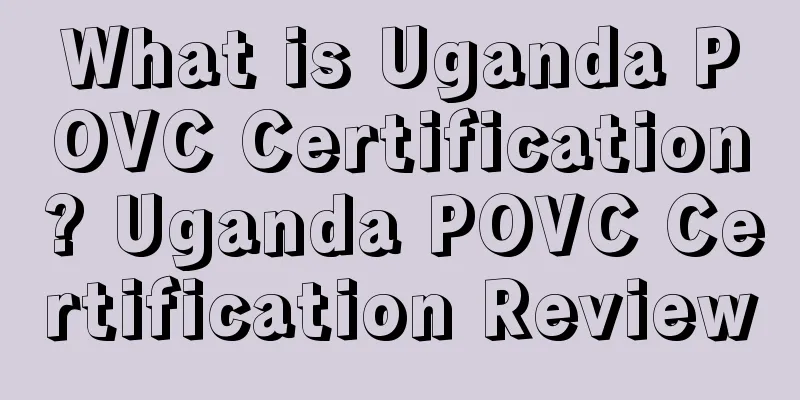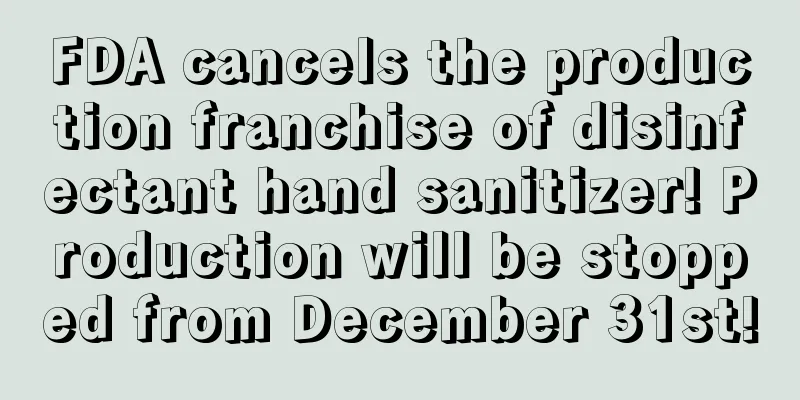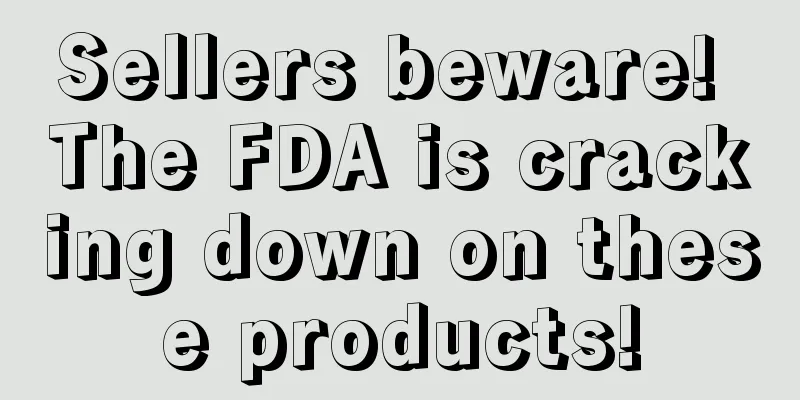What is Uganda POVC Certification? Uganda POVC Certification Review

|
In order to prevent substandard products from entering the country and ensure consumer safety, the Ugandan government officially implemented the mandatory PVOC compliance verification program in 2012. It requires that relevant products can only complete customs clearance after obtaining the COC certificate. Related Introduction: Certification type: 1. One-time COC customs clearance certificate 2. Registration certificate + COC customs clearance certificate 3. Type Certification + COC Customs Clearance Certificate Certification information: 1. Application Form 2. Invoice 3. Test Report 4. ISO 9001 certificate 5. Photos of products, packaging, marks, and labels 6. Packing List Certification Fee: Testing fee + certificate fee + service fee, the following is the detailed service fee
Product Range: 1. Toys include all items for children to play with, dolls, wheeled toys, puzzles, etc. 2. Electrical and electronic equipment, including solar equipment, including all kinds of equipment related to, producing or operating electricity. Including all machinery, IT equipment (computers, printers, scanners, hard drives, processors, servers, motherboards, memory sticks, routers, storage media, etc.), home appliances and kitchen appliances, music and sound systems, audio and video instruments, communication systems and gadgets, lighting equipment, wiring equipment, batteries, connectors, switches, circuit breakers, motors, generators, transformers, drives, electric hand tools, refueling devices, televisions and television equipment, salon equipment, amusement machines and personal service equipment, all solar equipment, etc. 3. Vehicles and related products, all items/equipment related to automobiles, other vehicles and bicycles, including spare parts, automobile batteries, tires and tire inner tubes, bicycles, parts related to agricultural machinery, spark plugs, etc. 4. Chemical products, all purified or prepared substances, especially those artificially purified or prepared. This includes all cosmetics, perfumes, water treatment chemicals, fertilizers, pesticides, insecticides, herbicides, fungicides, household chemicals such as soaps and detergents, lighters, matches, candles, petroleum products, oils, fuels, hygiene products, cigarettes, baby bottles, baby products, kitchen utensils, adhesives, paints, chalk, waxes and polishes, etc. 5. Mechanical materials and gas appliances, including all items used in engineering, machinery and/or construction. This group covers hardware materials, conduits and fittings, metal products, roofing materials, measuring equipment, building stones, ceramic products, pipes, taps, steel, aluminum and iron products, LPG cylinders, keys and locks, curtain rails and fittings, air compressors, products for construction, etc. Gas appliances include heaters, cookers, gas cylinders, stoves, hurricane lanterns, etc. 6. Textile, leather, plastic and rubber products, including items made of textiles, plastic, leather and rubber. For example, mosquito nets, bed sheets, hair extenders, plastic furniture, etc. 7. Furniture (wood and metal products), including all school furniture, made of wood, bamboo and metal products. Sheets, strips, veneers, fiberboard, densified wood, etc. 8. Paper and stationery, including paper products, writing paper, copy paper, bond paper, toilet paper, writing materials, slate and board, stationery, etc. 9. Protective safety equipment, including items worn or otherwise used for personal protection. Examples include gloves, car seat belts, shoes, helmets, firefighting equipment, blankets, electronic safety equipment, fire alarms, etc. 10. Food and food products, including all raw or processed edible products, and articles used to prepare these products. |
<<: What is GlowRoad? GlowRoad Review
>>: What is xbniao.com? Review of xbniao.com
Recommend
Amazon US's latest 2021 best-selling list is out! This category has soared 460% after the epidemic!
It is learned that according to Amazon's lates...
What is 3dcart? 3dcart Review
Founded in 1997, 3dcart is a complete and powerful...
What is KOL Master? KOL Master Review
KOL Master. is a one-stop global influencer market...
New opportunities for sellers! Amazon launches "Retail Advertising Service"
text Recently, Amazon announced the launch of the...
Home Depot releases Q2 financial report: quarterly sales exceed 40 billion for the first time! Year-on-year growth of 8.1%
It is learned that Home Depot, the second largest ...
AliExpress' Singles' Day was highly publicized in the United States for the first time
It is learned that recently, AliExpress launched a...
There is hope for order volume! Amazon has updated 5 new features in succession!
text Amazon’s updates have been non-stop recently...
Will orders increase?! The United States has a new policy!
Recently, the biggest headache for Amazon sellers ...
Follow-up to the 15,000 trademark explosion: the brand may be blacklisted, and a large number of sellers cannot register!
▶ Video account attention cross-border navigation ...
What is Facebook Pay? Facebook Pay Review
Facebook Pay is a mobile payment service launched ...
The top 10 e-commerce platforms with the highest revenue in 2020 are announced! Amazon ranks first
It is learned that GlobalData, a world-renowned d...
The number of counterfeit USPS stamps has increased sharply! eBay and Facebook are flooded with "stamp fakes"!
The United States Postal Service (USPS) processed ...
What is the new coronavirus? New coronavirus review
The 2019 novel coronavirus, or “2019-nCoV,” was di...
Main image policy update is here! Those who fail to do so may have their sales rights revoked
Because it directly affects the conversion rate, t...
What is Cross-border Dedao? Cross-border Dedao Review
Cross-border Dedao is a professional Q&A platf...









